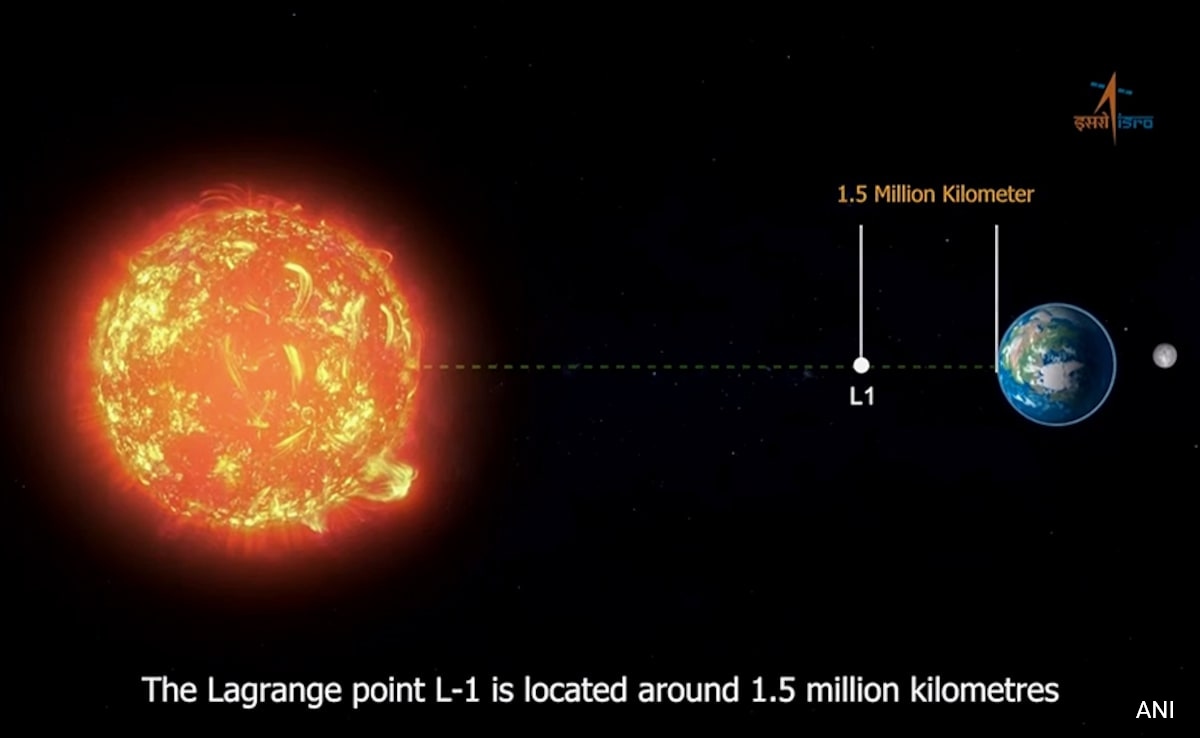
The space observatory was launched on September 2 last year.
New Delhi:
In another historic moment for India in space, Aditya-L1 — the country’s first mission to study the sun — has reached its final destination. The space observatory was launched by the Indian Space Research Organisation (ISRO) on September 2 last year.
Praising the country’s scientists for the achievement, Prime Minister Narendra Modi said India has created yet another landmark and that the country will pursue new frontiers of science to benefit humanity.
In a post on X on Saturday, the PM wrote, “India creates yet another landmark. India’s first solar observatory Aditya-L1 reaches its destination. It is a testament to the relentless dedication of our scientists in realising among the most complex and intricate space missions. I join the nation in applauding this extraordinary feat. We will continue to pursue new frontiers of science for the benefit of humanity.”
India creates yet another landmark. India’s first solar observatory Aditya-L1 reaches it’s destination. It is a testament to the relentless dedication of our scientists in realising among the most complex and intricate space missions. I join the nation in applauding this…
— Narendra Modi (@narendramodi) January 6, 2024
The success comes months after India scripted history with the Chandrayaan-3 mission, becoming the only nation to achieve a successful soft landing near the south pole of the Moon.
Aditya L1, which is India’s first space-based observatory to study the Sun, has been placed in a halo-shaped orbit around the Sun-Earth Lagrange Point 1. The point is around 1.5 million km from the Earth, in the direction of the Sun.
Lagrange points, named after French mathematician and astronomer Joseph-Louis Lagrange, are unique locations in space where the gravitational force of two massive bodies nearly neutralise each other. Maintaining the orbit of spacecraft around these points is easier and requires less fuel.
Confidence Boost
In a statement, ISRO said, “The insertion of Aditya-L1 into this Halo orbit presents a critical mission phase, which demanded precise navigation and control. A successful insertion further involved constant monitoring along with the adjustment of the spacecraft’s speed and position by using onboard thrusters. The success of this insertion not only signifies ISRO’s capabilities in such complex orbital manoeuvres, but it gives confidence to handle future interplanetary missions.”
The space observatory will keep an eye on the changing space weather and warn scientists about events like solar storms and flares that may impact the working of satellites.
“Since Aditya-L1 will look at Sun continuously, it can warn us of imminent solar electromagnetic effects on Earth and protect our satellites, and other power electrical and communications networks from getting disrupted. This will help continue normal operations by operating them in safe modes, till the solar storm passes by,” S Somanath, Chairman, ISRO, had told NDTV.
The ISRO chief had said India has assets worth over Rs 50,000 crore in space, including over 50 operational satellites, and an observatory like Aditya L1 will help protect them from damaging solar events.
Mission Objectives
According to ISRO, the key objectives of the mission are understanding the coronal heating and solar wind acceleration; understanding initiation of Coronal Mass Ejection (CME), flares and near-Earth space weather; gaining knowledge of coupling and dynamics of the solar atmosphere; and getting a deeper understanding of solar wind distribution and temperature anisotropy (non-uniformity in different directions).
Solar wind refers to a continual stream of protons and electrons from the sun’s corona, or outermost atmosphere, while coronal mass ejections are huge expulsions of coronal plasma and magnetic field lines ejected from the sun.
Aditya-L1 is carrying seven different payloads to conduct a detailed study of the sun, four of which will observe the light from the sun and the other three will measure in-situ parameters of the plasma and magnetic fields.




